How to Care for a Pet Fish in Public Spaces
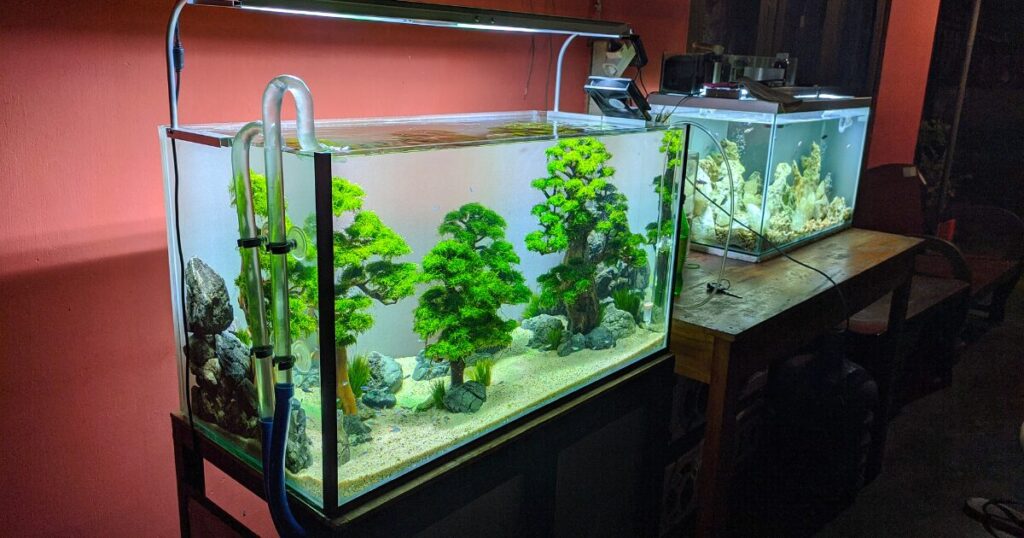
Introduction
Imagine walking into a library, a community center, or a school hallway—and being greeted by the gentle shimmer of fish swimming peacefully in a beautifully maintained aquarium. It’s more than just eye candy. Aquariums in public spaces provide calming visual stimulation, spark curiosity, and open up a world of educational opportunities. But here’s the catch: maintaining an aquarium outside of a private home takes thoughtful planning, a commitment to fish health, and a bit of creativity!
Whether you’re a librarian, a teacher, a facility manager, or simply someone who loves the idea of bringing aquatic life into shared environments, this comprehensive guide will walk you through exactly how to care for a pet fish in public spaces. We’ll explore everything from daily maintenance to educational integration—and trust us, it’s easier (and more rewarding) than you think!
1. Why Public Spaces Need Aquariums and How to Care for a Pet Fish in Shared Environments
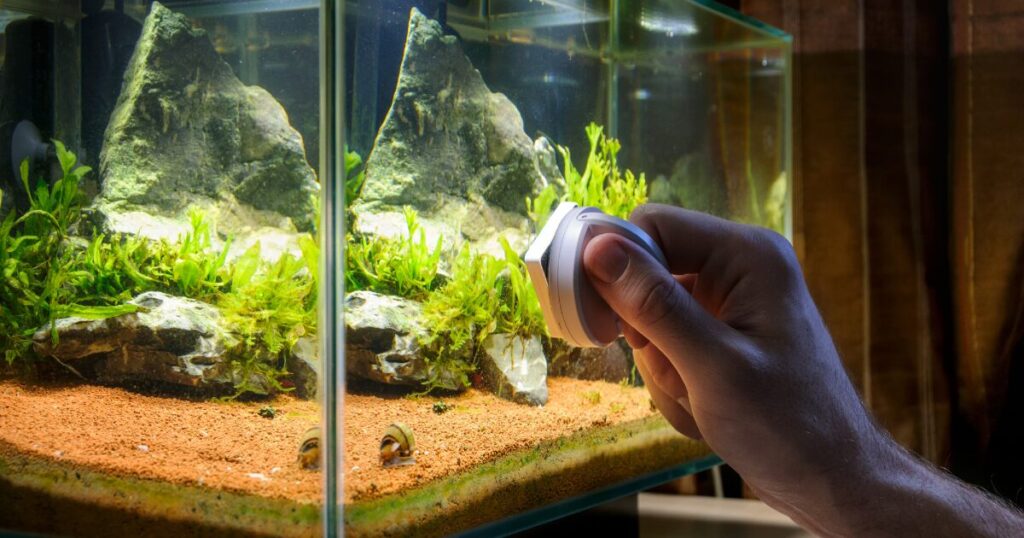
There’s a growing trend of adding aquariums to public spaces—and for good reason. Studies show that watching fish swim can lower stress and blood pressure. In schools and libraries, aquariums foster calm, invite observation, and can even help children focus. But beyond the emotional and educational benefits, what does it really take to care for a pet fish in a shared environment?
Understanding the Environment: Unlike private homes, public spaces come with variables—fluctuating temperatures, lots of foot traffic, and potentially limited supervision. This means choosing hardy, low-maintenance fish is essential. Species like guppies, mollies, or bettas thrive in well-regulated environments and don’t require constant attention.
Water Quality Matters: One of the most important lessons in how to care for a pet fish in any space—public or private—is keeping the water clean and balanced. Public aquariums should be equipped with a quality filtration system, regular testing kits, and a reliable maintenance schedule. Assign responsibilities to staff or volunteers to ensure water parameters (like pH and ammonia levels) stay in a safe range.
Visibility and Accessibility: Placement is also key. Situate the tank where it can be easily viewed and accessed for maintenance, but not where it will be constantly touched or bumped by passersby. Using barriers or signs like “Look but don’t tap!” can help maintain fish health and reduce stress.
By addressing these basics, you’re laying the groundwork for a successful, thriving tank—and proving just how impactful a well-cared-for fish habitat can be in a public setting.
2. How to Care for a Pet Fish in High-Traffic Areas Without the Stress
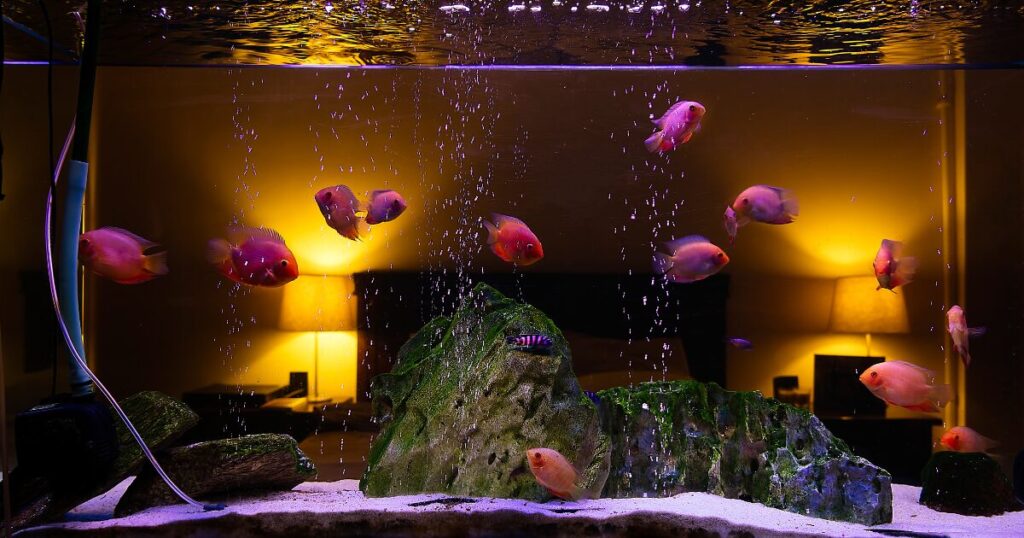
Public spaces can be hectic. Doors slamming, kids running, loud voices—these conditions may not seem ideal for aquatic life. However, with the right setup, you can absolutely maintain a happy, healthy tank even in the busiest of environments.
Choose Resilient Fish: When figuring out how to care for a pet fish in high-traffic zones, start with fish species that tolerate stimulation well. Consider zebra danios, cory catfish, or platies—all known for their adaptability and social nature.
Reduce External Stressors: One often overlooked aspect of how to care for a pet fish in public is managing external stimuli. Position tanks away from direct doors, bright windows, or sound systems. Opt for solid stands that minimize vibration. Adding background décor and hiding spots inside the tank gives fish a place to retreat when overwhelmed.
Implement a Noise Buffer: Consider surrounding the aquarium with soft furnishings or sound-absorbing panels if the space is particularly echo-prone. Even a small separation between the tank and the main walkway can drastically reduce stress for the fish.
Consistent Care Schedule: With multiple people interacting in the space, establish a clearly documented care routine. Label feeding instructions, assign cleaning days, and post water change schedules. Consistency is key to long-term success.
Ultimately, a well-maintained aquarium in a bustling area can become a peaceful oasis for both the fish and the people nearby—if you plan with care and attention.
3. Creating a Kid-Friendly Learning Experience: How to Care for a Pet Fish in Educational Settings
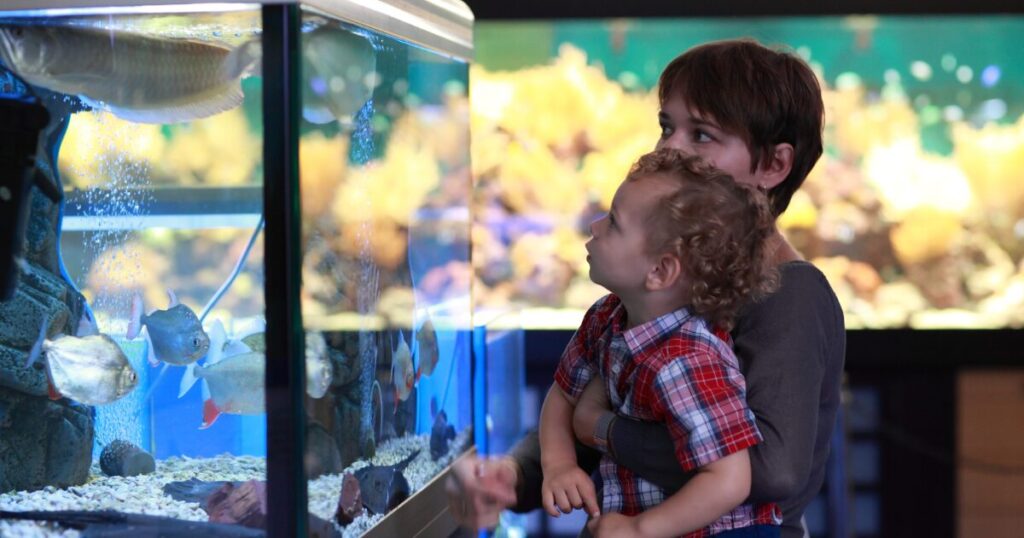
Aquariums are a perfect gateway to STEAM (Science, Technology, Engineering, Art, and Math) education. And schools or learning spaces are the ideal places to inspire the next generation of aquatic caretakers!
Interactive Learning: Incorporate how to care for a pet fish into biology lessons, responsibility-building activities, or creative projects. Kids can help monitor temperature, test pH levels, record fish behavior, and even name the tank inhabitants. Each interaction reinforces observational skills and empathy.
Simple, Safe Tasks: When involving children, it’s important to assign age-appropriate tasks. Feeding the fish, documenting water clarity, or helping change décor can give them a sense of ownership without overwhelming them or risking harm to the fish.
Clear Rules and Supervision: Educational aquariums work best when boundaries are clearly communicated. Post signs with do’s and don’ts, and have teachers or staff model appropriate behavior around the tank.
Decorate with Purpose: Let students design tank backgrounds, name themes (like “The Reading Reef”), or write short stories inspired by the fish. These creative touches reinforce learning while keeping the tank central to the environment.
Integrating fish care into the educational process not only teaches children how to care for a pet fish, but also builds compassion, curiosity, and responsibility in a fun and lasting way.
4. The Best Equipment for Public Aquariums and How to Care for a Pet Fish with Minimal Maintenance
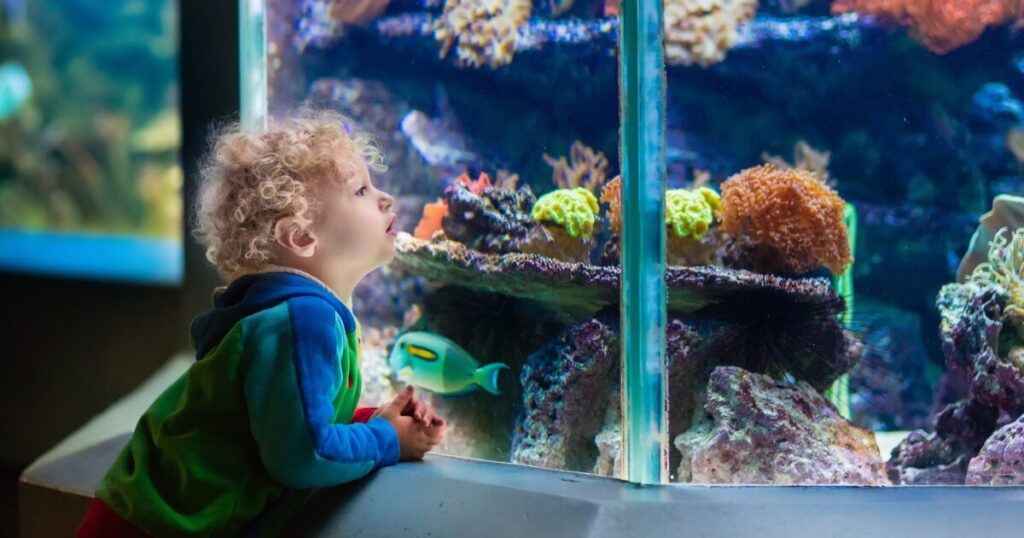
Let’s face it: public spaces don’t always have dedicated pet care staff. That’s why choosing the right equipment is crucial to reduce daily workload and prevent emergencies.
Reliable Filtration Systems: A good filter is non-negotiable. Canister or sponge filters with biological and mechanical filtration capabilities are ideal. This is the heart of the tank—and essential to learning how to care for a pet fish with minimal hands-on time.
Automatic Feeders: Worried about inconsistent feeding? Automatic feeders can dispense small portions of food daily, preventing overfeeding and keeping your fish on a healthy diet—even during holidays or weekends.
Heaters and Thermometers: Stable water temperature is a must. For tropical fish, an adjustable heater and stick-on thermometer ensure the water stays within a safe range.
LED Lighting Timers: Automate lighting with timers to simulate a day-night cycle without relying on manual switches. Fish thrive on routine, and this adds to their overall well-being.
Maintenance Kits and Labels: Keep a simple maintenance kit on hand (nets, water conditioner, siphon, test strips) and label everything for ease of use. Even novice staff can follow the system when it’s clear and accessible.
By investing in the right tools, you’ll simplify the entire process of how to care for a pet fish in public spaces, making it feasible and fun for everyone involved.
5. How to Care for a Pet Fish While Engaging Your Community Through Interactive Displays
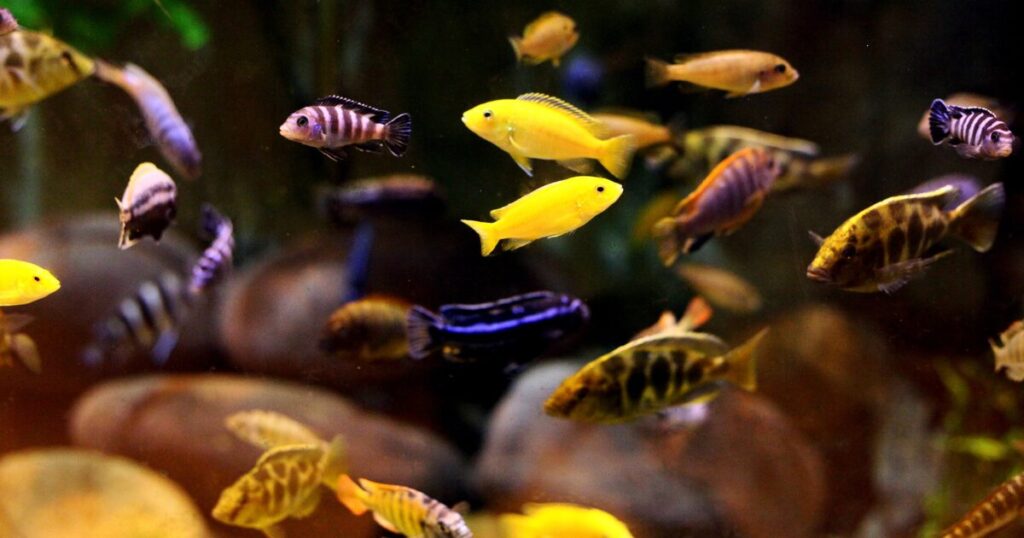
Ready to take your aquarium beyond just decoration? A well-placed fish tank can become a dynamic centerpiece for community interaction, learning, and joy.
Educational Displays: Add posters or rotating fact cards near the tank with information like “Meet Our Fish!” or “Why Clean Water Matters.” QR codes can link to videos or interactive online activities—perfect for libraries or museums.
Monthly Themes and Tank Updates: Change the tank’s décor to match the seasons or holidays (think underwater pumpkins or snowflake gravel). These changes draw people back and give you opportunities to talk about how to care for a pet fish in different conditions.
Community Involvement: Let local students name the fish, run art contests, or help with maintenance through supervised “aquarium days.” These programs foster a sense of ownership and reduce vandalism or neglect.
Storytimes and Activities: In libraries or centers, pair the aquarium with storytime events, scavenger hunts, or educational workshops about ocean ecosystems. The fish become more than pets—they become ambassadors of learning.
Engaging your community through the aquarium turns it into a living exhibit—where everyone walks away having learned a little more about nature and how to care for a pet fish.
Conclusion
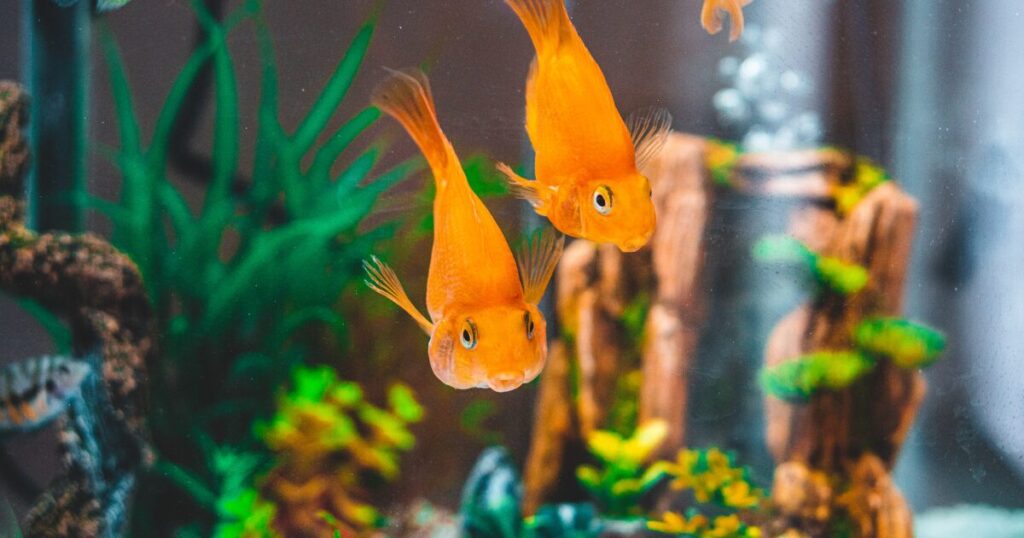
Whether it’s calming stressed library visitors, sparking a child’s imagination in the classroom, or transforming a public hallway into a vibrant ecosystem, a fish tank can do wonders in public spaces. But it’s not just about the beauty—it’s about creating a sustainable, engaging, and educational experience for everyone involved.
By understanding how to care for a pet fish properly—especially in shared environments—you can ensure your aquatic friends stay happy and healthy while making a meaningful impact on your community.
Ready to get started or need expert support?
👉 For more information, visit https://thepawshub.com/ and explore tips, products, and resources to help you bring your aquarium to life!